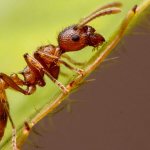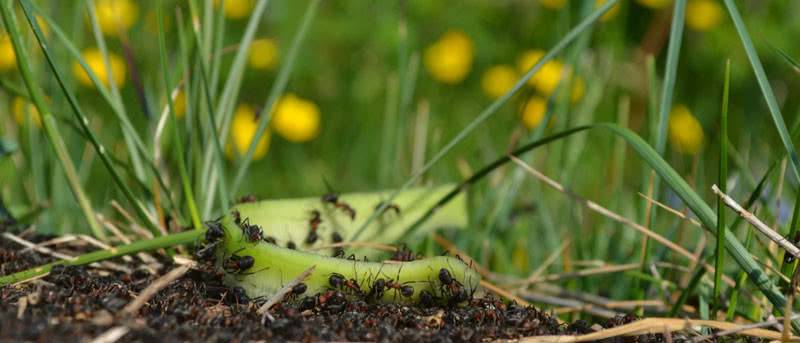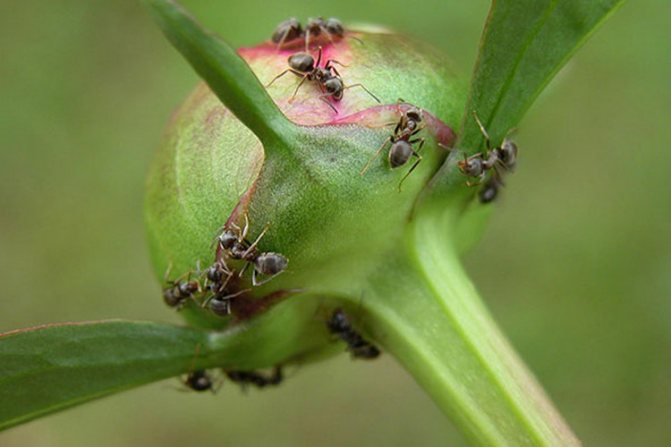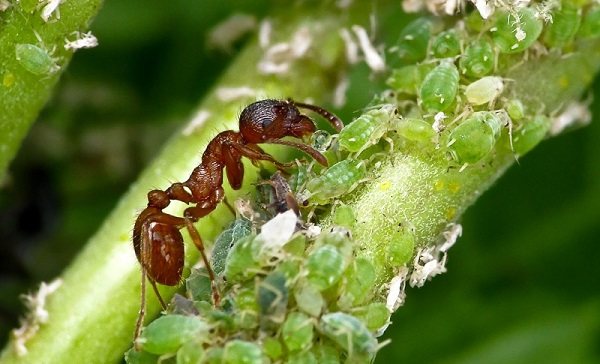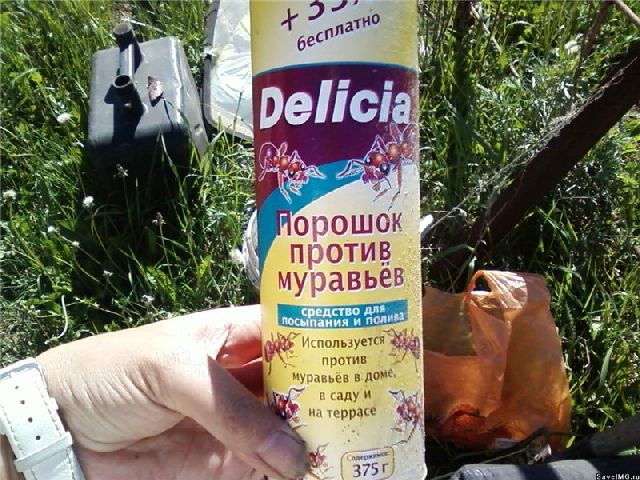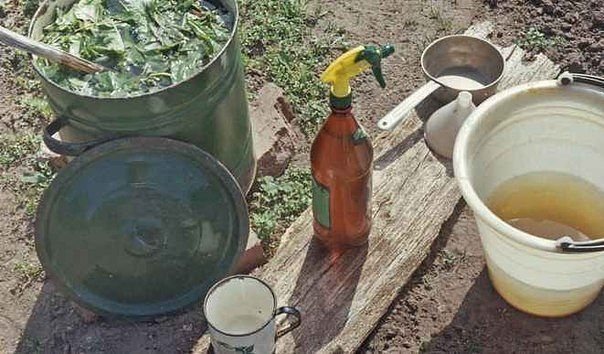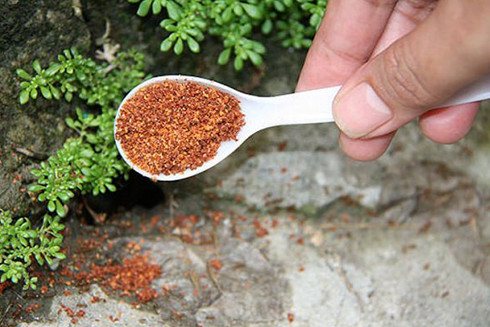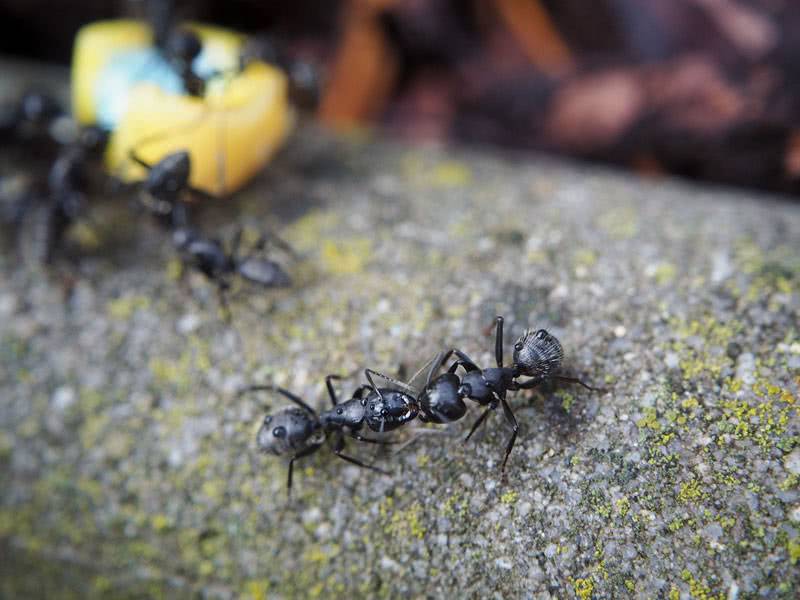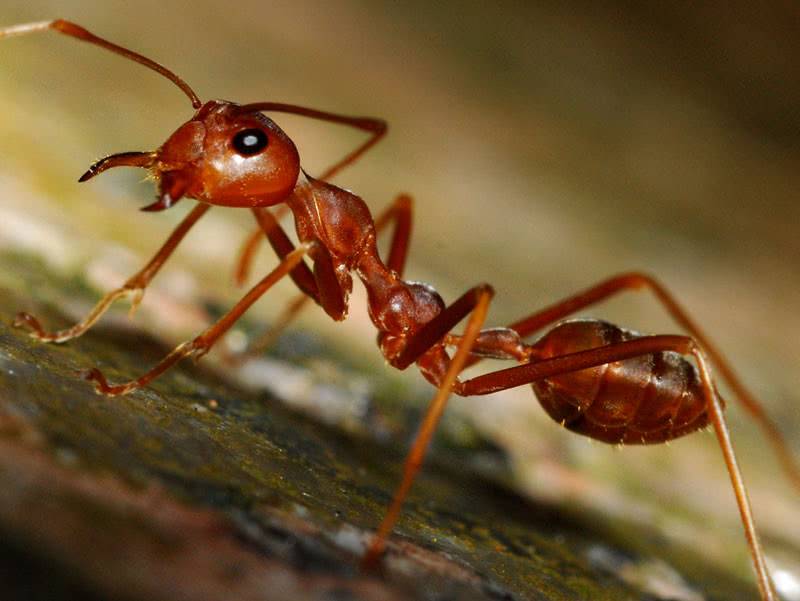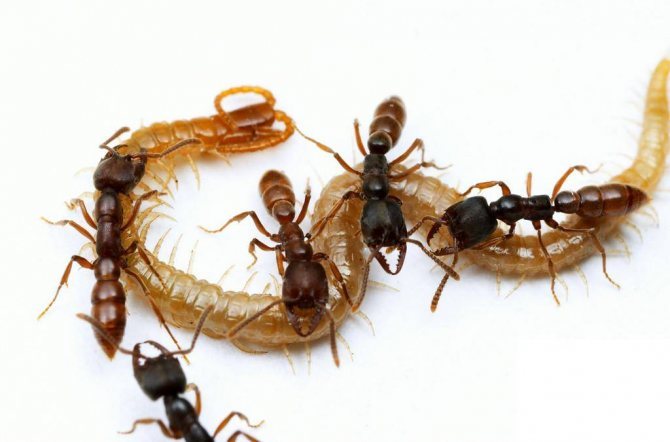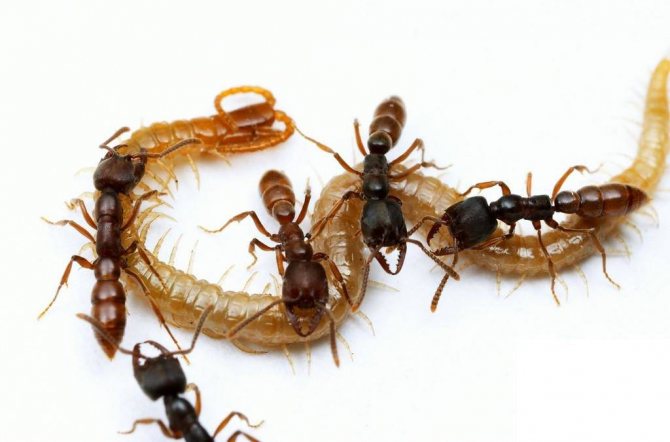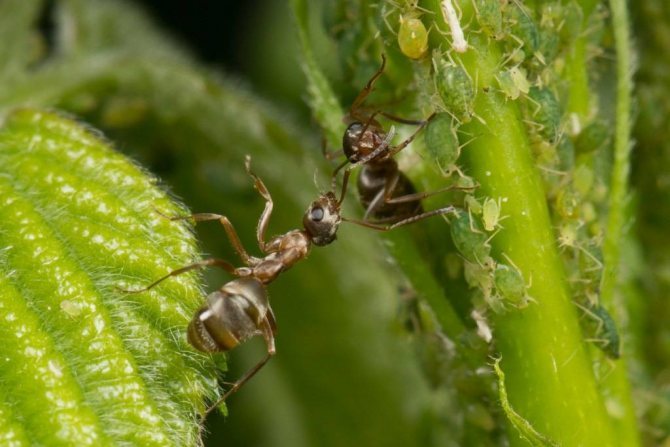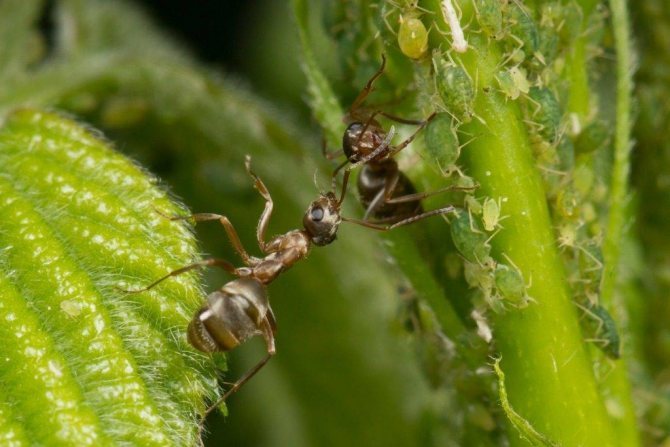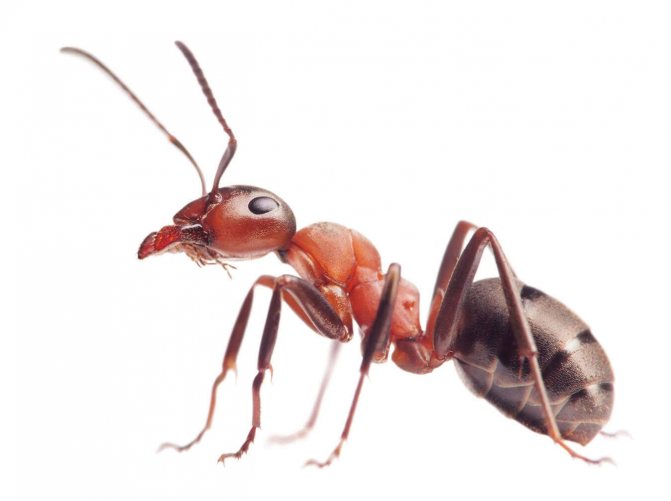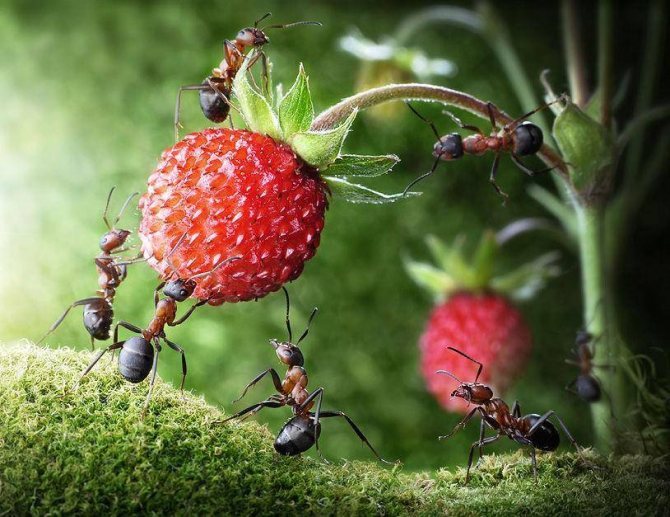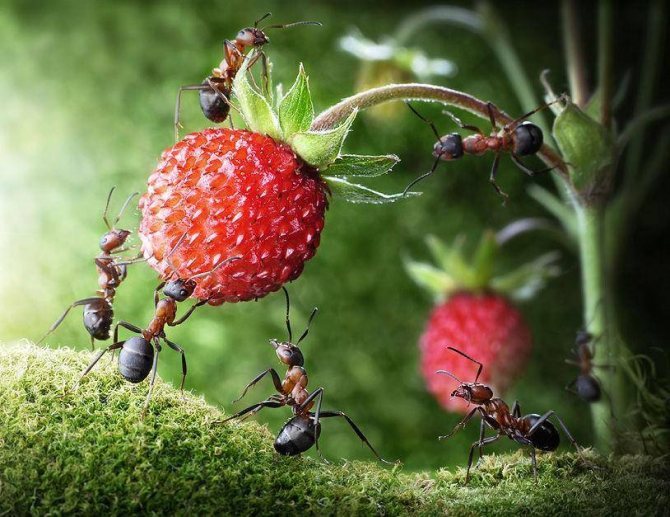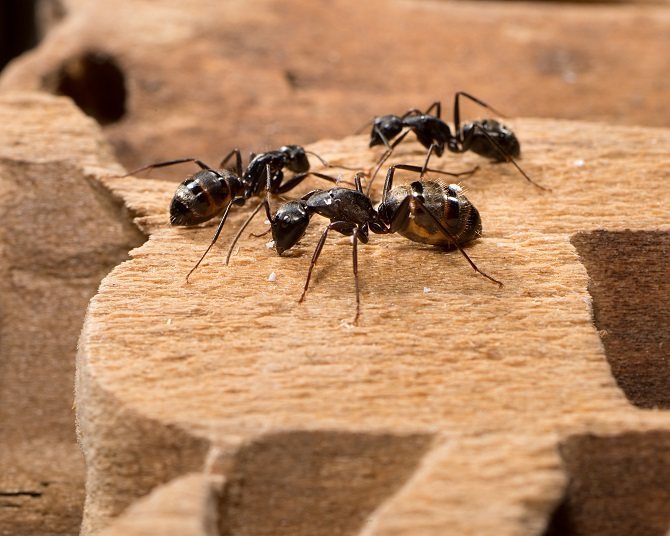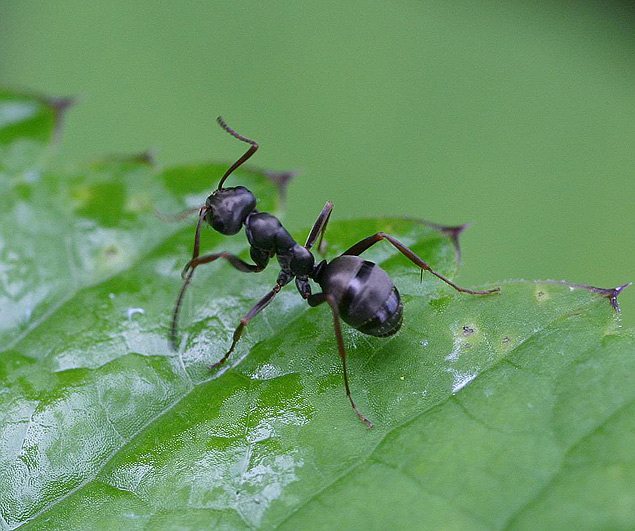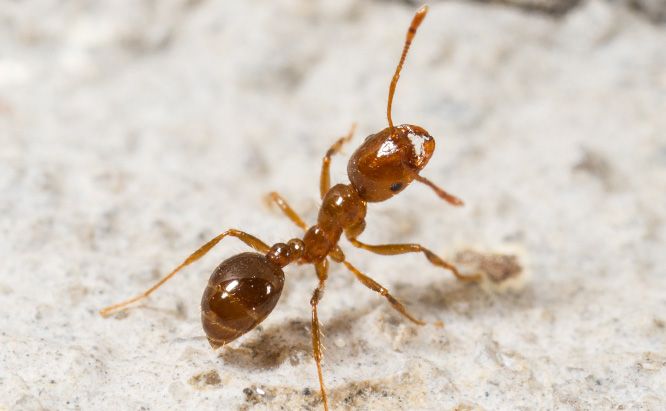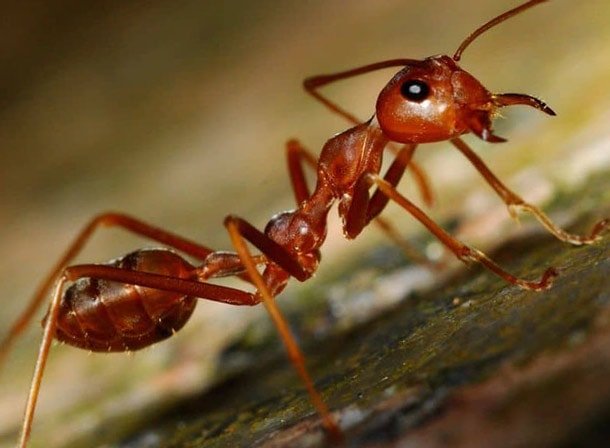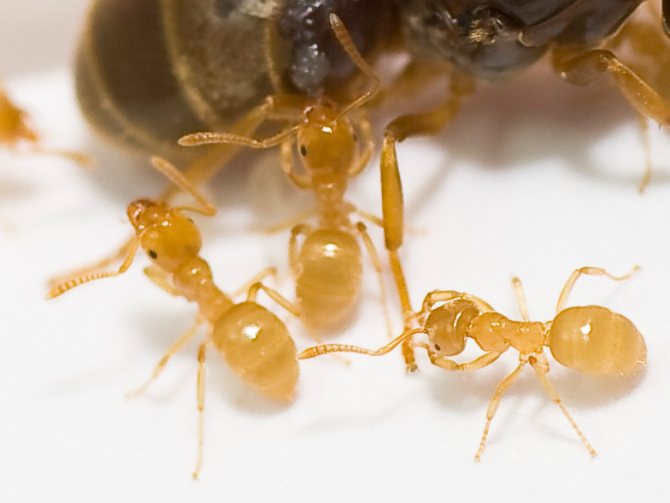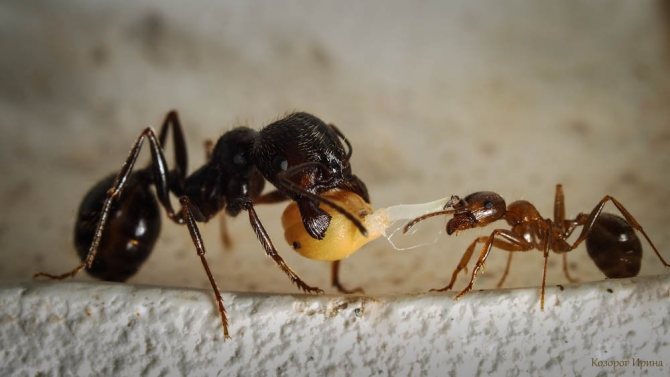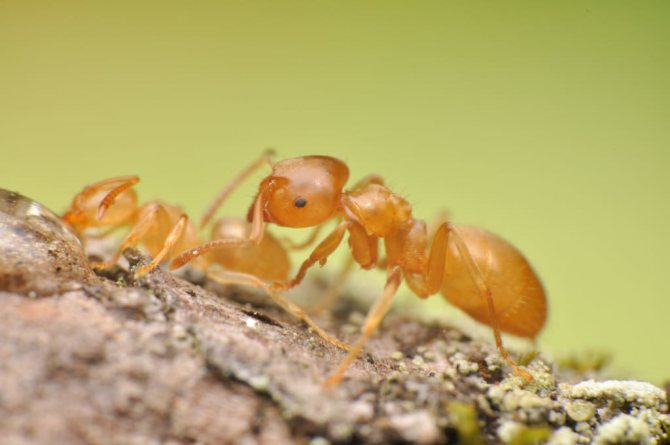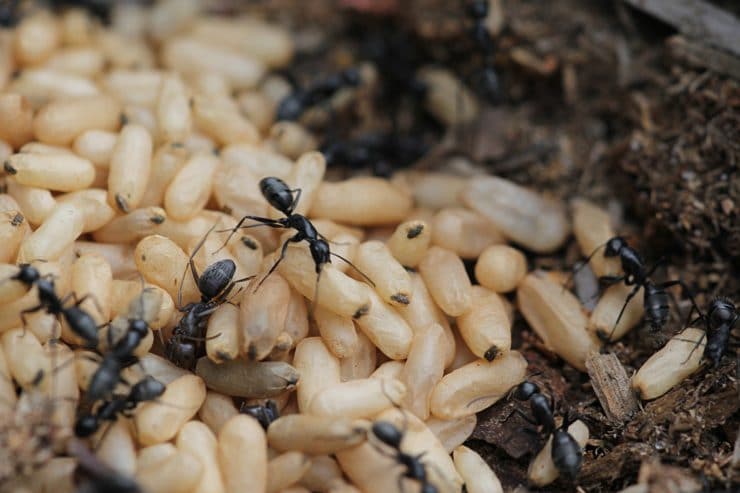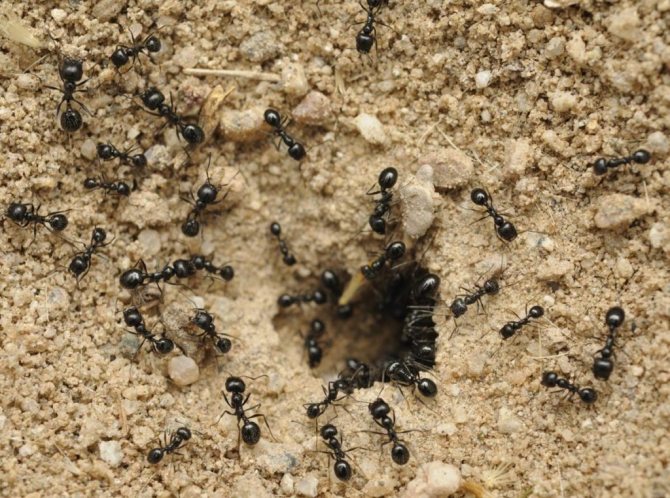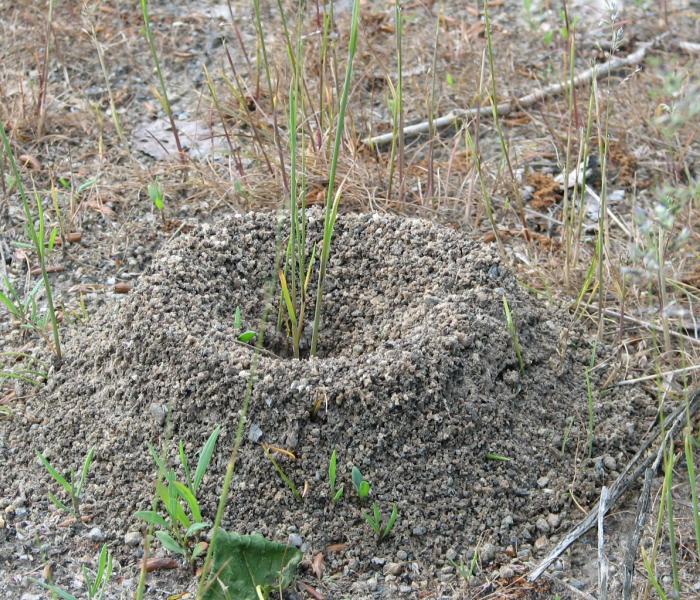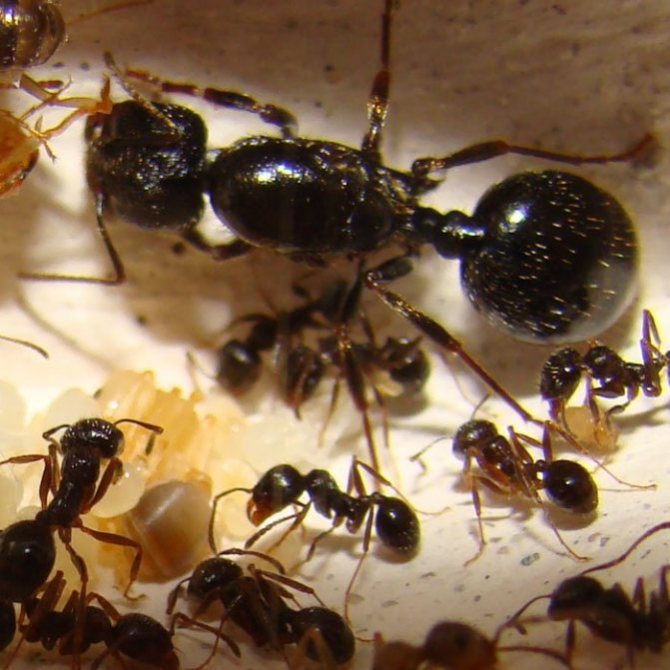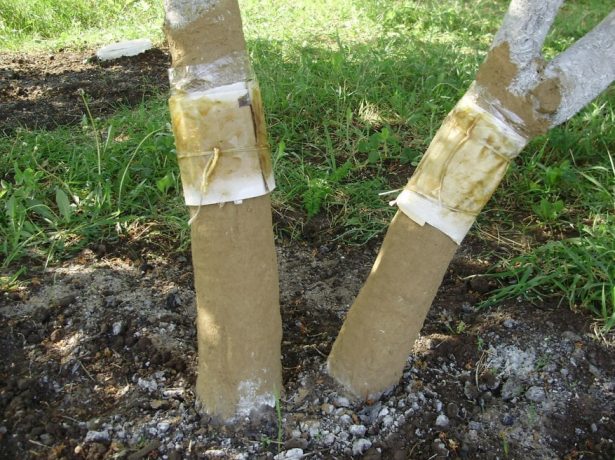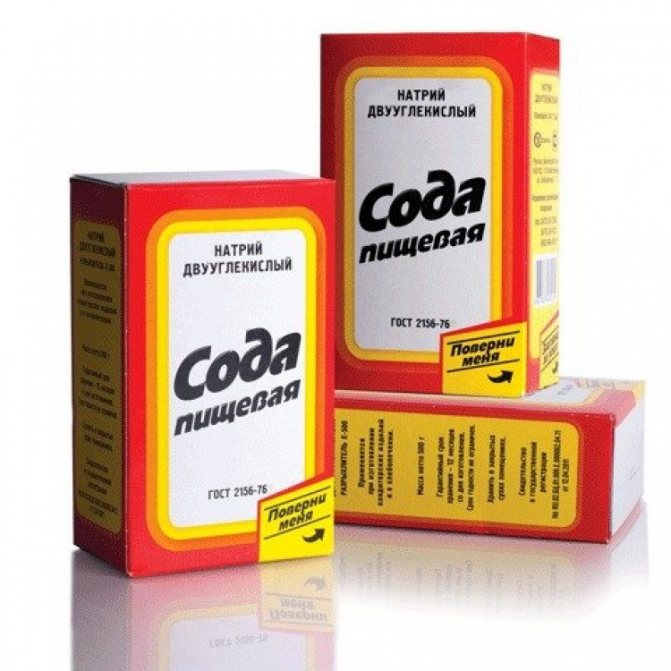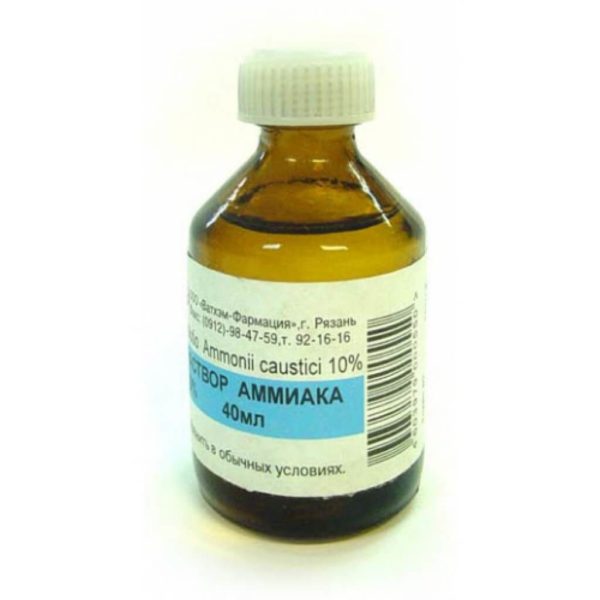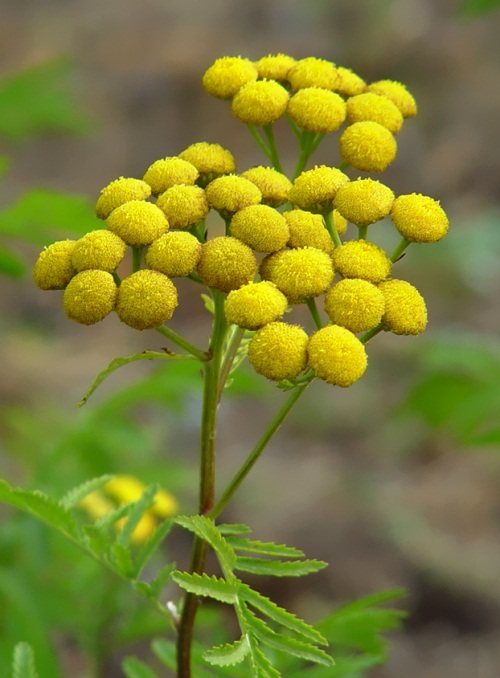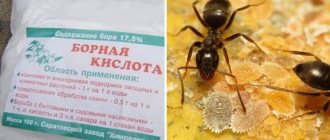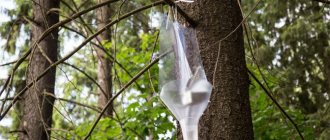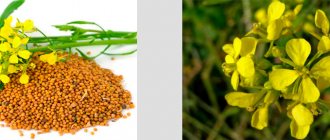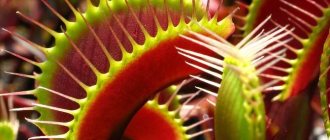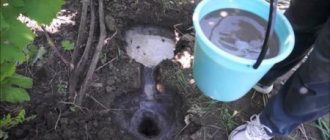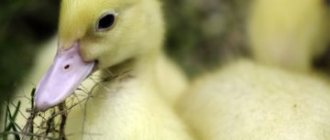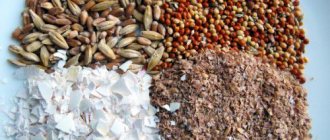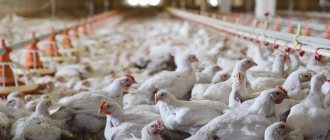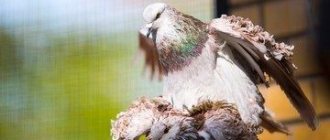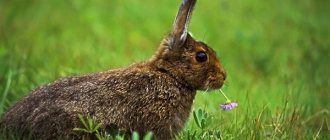Representatives of the Insect ants family - in Latin Formicidae - are distributed almost all over the planet except for Antarctica and a number of islands.
In total, there are over 14 thousand species characterized by an amazing organization. More than 260 species live on the territory of Russia. The problem of how to get rid of ants in the house and in the garden arises when these insects are massively spread.
Know about the benefits and harms of insects
No matter how harmful the "guests" are, it is impossible not to mention the benefits of insects.
Benefit:
- Through labor, they enrich the soil with nutrients. In the place of anthills, a large amount of phosphorus and potassium accumulates.
- They destroy some types of garden pests. To feed their offspring, ants do not disdain animal food. It provides a lot of protein for the growth of the larvae. Caterpillars, various beetle larvae, small beetles are rich in protein.
Harm:
| 1. Build anthills Insect dwellings can be found anywhere in the suburban area. This can be a cucumber bed in a greenhouse, a flower bed, trunks and a near-stem circle of fruit trees, or a potato field. Swarming passages, they violate the root system of vegetation. Deteriorating nutrition of crops | |
| 2. They spoil berry crops and flowers Ants are sweet tooth. They are not averse to feasting on strawberries and raspberries. They are also attracted by the sweet juice of a rose, peony or rosehip flowers. They gnaw holes in flowers, trying to get to the nectar. Young seedlings sometimes suffer from pest attacks |
| 3. Bred aphids The need to fight ants is mainly due to the breeding of aphids by them. The destruction of aphids will be ineffective if there are ants in the garden. You can see how, evacuating in case of danger, they drag a small pest on themselves, trying to save him. Yellow ants specialize in breeding root aphids |
Choose a way to fight: 4 options
| 1. Insecticides Drug names:
Pros: One hundred percent destruction of ants, along the way of other pests. How it works: Insects collect the poison, carry them away for feeding the young and the uterus. Minuses: The use of chemicals is dangerous to human and animal health. Application can adversely affect the yield. Bees and pollinating insects die along with pests. |
| 2. Folk remedies The people have long used infusions and decoctions from plants that repel ants. These are wormwood, tansy, rosemary, parsley. Pros: Natural remedies, will not harm vegetation and humans. How it works: Ants do not tolerate strong odors. Herbal infusions will not destroy pests, but will force them to go to another place. Minuses: Using folk methods is rarely effective enough to get rid of the ants for good. After a while they come back. Instead of herbs, you can spray on anthills with essential oils with the smells of eucalyptus, rosemary, diluted with water |
| 3. Biochemical methods As means of struggle, you can use:
pros The action of the funds is harmless to people, vegetation and animals. How does it work The pungent smell of ammonia, kerosene will scare away insects. They are used to treat anthills and ants' walking paths. Boric acid is poison for ants. The diluted liquid is placed at the summer cottage. Minuses: Variants do not result in uterine death. Ants will change their place of residence, most likely in the same area |
| 4. Agrotechnical works Regular work on loosening the soil, treating insect dwellings with boiling water. pros Saving money. How does it work Ants don't like it when they touch their homes. Minuses The process is laborious and ineffective. Insects will simply transfer the uterus and larvae to another place. |
What do reaper ants eat?
Particular attention should be paid to the feeding and foraging of the reapers. Since they most often feed on cereals, ants have long been believed to be agricultural pests. However, research has shown that insects only harvest crops that have fallen directly to the ground.
Stocks
It is very interesting that the reapers are collecting provisions. As mentioned earlier, grain is harvested when it is on the ground.
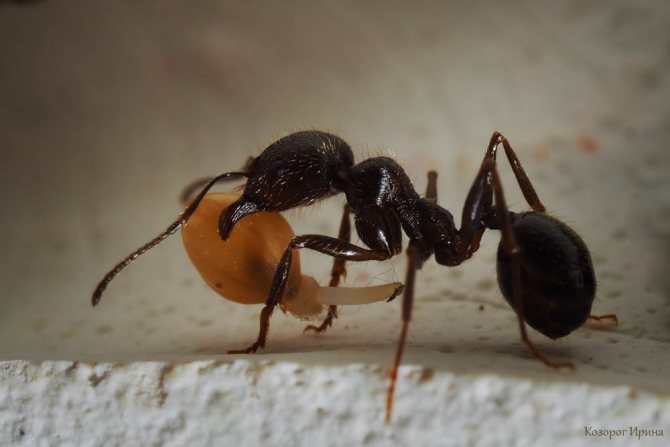

The labor force collects about 1.5 kg of grain from the fields in one season
Scientists have found that reaper ants expel workers as much as there is available food. If there is a lot of it, then the workers return faster and the number of ants sent for food increases. But if they return slowly, then the number of expelled ants decreases or stops altogether.
To store grain, hardworking reapers set up special rooms deep underground. In humid warm rooms, the seeds begin to germinate, and as soon as the first shoots and roots appear, the ants immediately destroy the shoots. After that, large soldier ants grind the grain into powder with their powerful jaws and, wetting it with saliva, feed the larvae with this mixture.
Determine the type of pest
In the garden, 2-3 species of the ant family can coexist. The females form colonies independently. They come to the site, hide in secluded places, lay eggs.
| Black garden ant Appearance: The insect is dark brown or black in color. The body is covered with hairs. The length of the drone (male) is up to 5.5 mm, of the female - from 7.5 to 11 mm, of the worker - 3-4 mm. Habitat: The species is widespread throughout Europe and Asia, in temperate and southern regions. Signs of appearance in the garden: A small mound forms on the soil surface. The anthill itself is located in the depths of the earth. May form nests under the bark of weak fruit trees. Dust is falling from the crevices in the bark. A nest is formed in the soil under the stones |
| Pharaoh ant Appearance: The color of the calf is red or light yellow, the males are black. The size of the working insect is small - up to 2.5 mm, the female - up to 4 mm, the drone - up to 3.5 mm. Habitat: In human dwellings all over Eurasia. In the garden part he settles in greenhouses. Signs of appearance in the garden: It is difficult to recognize an anthill. It is spread over a large area and consists of several parts. Yellowing and drying out of crops can be a sign. |
| Ginger forest ant Appearance: The breast and cheeks are reddish, the head and abdomen are black. The colors merge to form a brownish-red color. Body length - 7-14 mm. Habitat: Distributed throughout Asia and Europe. Usually not adjacent to human habitation. Occasionally settles in vegetable gardens. Food is mainly of animal origin: small beetles, carrion, caterpillars, beetle larvae, aphids. Signs of appearance in the garden: The anthill of the forest red ant looks like an earthen cone of many small twigs, dry blades of grass. Ginger ants do not harm vegetation.Destroy pests |
| Yellow garden ant Appearance: The color is yellow. The body is translucent. The body of a male is up to 4 mm long, of a female - up to 9 mm, a working ant - from 2 to 5 mm. Habitat: Lives in Europe, Asia, Japan. Found in northern Africa and America. Signs of appearance in the garden: Mostly the place of residence is formed in greenhouses. Nests are built inside the insulated beds. Difficult to find. Only when loosening |
There are different ways to get ants out of your garden soil. Rather, to temporarily eliminate or scare away. The new queen can repopulate the garden at any time.
Video: how to get rid of garden ants at their summer cottage
The main concern of gardeners is not only to preserve the harvest, but also to extend the life of cultivated plants. However, the appearance of ants interferes with these plans. There are many methods to help you get rid of these pests in your garden. You will learn about the most effective ones by watching a series of video clips below. Professional gardeners, including the editor-in-chief of the magazine "Magic Garden", will share how to protect garden plants from ants, how to poison them in the beds, how to cope with insects that have settled in the greenhouse.
Protecting garden plants from ants
How to poison ants and aphids in the beds
What are red ants in a greenhouse afraid of?
Fighting black ants in the vegetable garden
Use methods of struggle
| Application of chemicals 1. Use water-soluble preparations, for example, "Anteater". Water or spray the places where insects accumulate with the prepared solution. 2. Insecticide "Alatar" to treat the green part of plants near the anthill and in the direction of movement of the colony. Aphids are destroyed, vegetation becomes unsuitable for breeding new "cows". Environmentally friendly methods: 1. Coals... Dig a nest, pour more hot coals into the depths. 2. Kerosene... A similar method: pour kerosene (solution in a proportion of 2 tbsp. L. Per 10 liters of water) into the excavated anthill. 3. Mustard... Sprinkle with mustard powder or red pepper the nesting place and paths of the ants. 4. Boric acid... Place low containers with boric acid solution (1: 1 ratio) with sugar additive around the perimeter of the site Pest control in the greenhouse It is not safe to use pesticides in a small space. Better try ammonia:
Work in a respiratory mask and gloves |
| Prevention measures 1. Loosening In the garden, regularly dig, weed and loosen the soil, especially in the corners of the plot and near fences. Destroy the found nests, cover them up with dry lime and ash. Dig it up again. Frequent manipulation of these will reduce the ants' chances of building strong shelters. 2. Processing of trees and shrubs Wrap the trunks of fruit trees with anti-ant Velcro or masking tape. Whitewash the trunks of shrubs and trees. Irrigate the green part of the berry bushes with a solution of ammonia and water (ratio: 1.5 tablespoons of medication per bucket of water). Carry out processing several times |
There are ants in the hive with bees. Effective ways to fight
To prevent these insects from getting into the hives, you need to block their access to them. For this, the legs of the houses can be greased with grease. Goose bumps are not so tenacious as to climb such an obstacle.
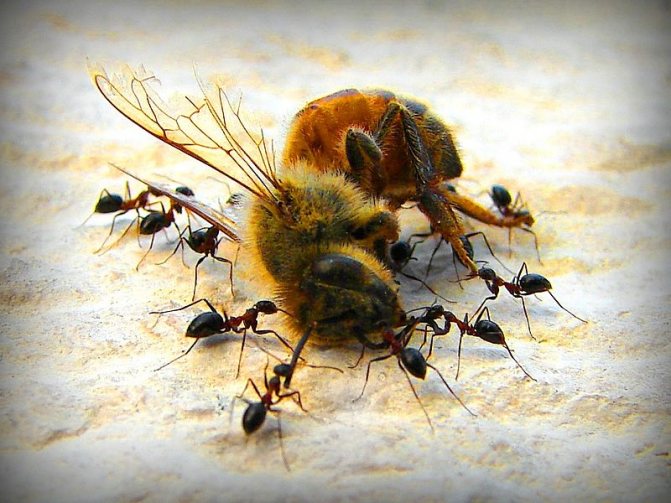

If you find unexpected newcomers in the bee pride, then try sprinkling the passages from the anthill with mustard. It has a deterrent property for these rascals and soon they will leave you.
With the onset of the first frost, you need to dig up, tear up all the anthills and demolish them away from the living area. It is better to do such events with a large team, together with neighbors suffering from ants.
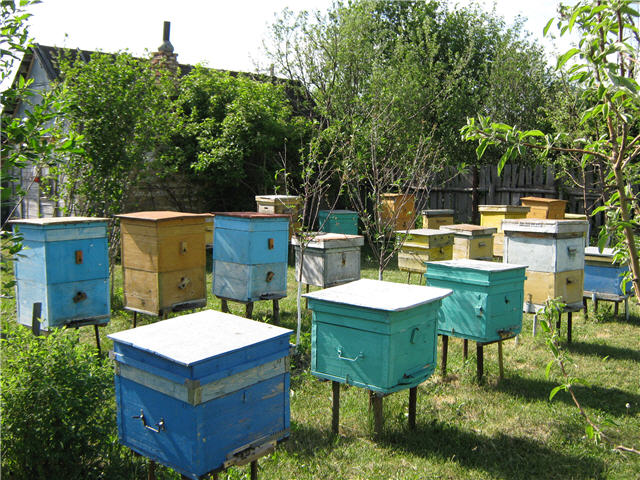

To block access to pests in bee dwellings, you can use the famous crayon "Mashenka". This is easy to do. You need to draw with chalk on the mounts and on the hives themselves. Its components have a repellent effect for these insects.
Ants are the “orderlies of the forest”. But getting into our houses and plots, they become pests. No matter how humane our concepts may be, it is always necessary to protect yourself and your family from harm. We have covered the secrets and methods of driving out ants in this article.
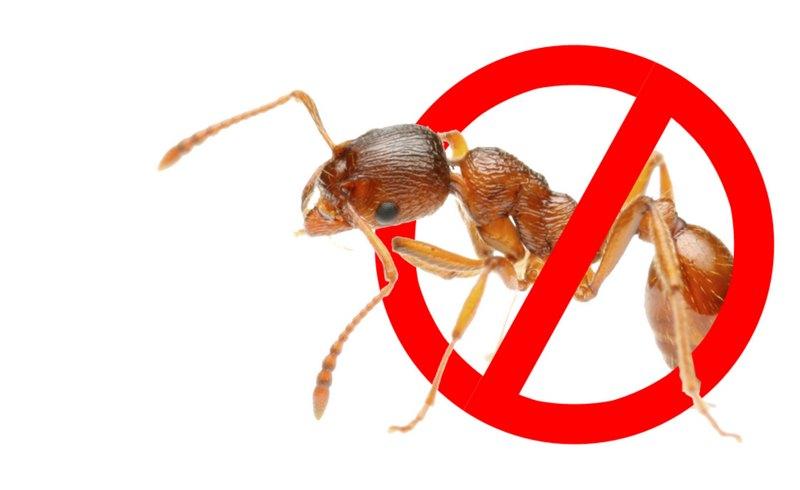

If you have been visited by these sliders and are not sure how to deal with them, try our tips. We hope they will help you establish peace and security at home and on the site. Good luck!
Author of the publication
offline 12 months
Method 1. Apply pesticides
Chemicals should not be used immediately. The method is radical. Most likely, you won't be able to get rid of the "guests" right away. Re-cleaning will be required.
Frequent use of insecticides will affect the health of cultivated plants, humans, animals. Beneficial insects will die.
1. Muracid
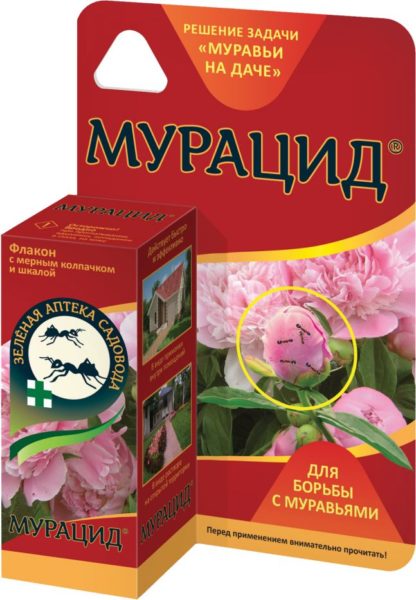

Muracid
Active substance:
- diazonin.
Release form:
- suspension 5 ml, 10 ml.
Contact-intestinal toxic chemical
Purpose:
Under the influence of the drug, the work of the gastrointestinal tract of insects is disrupted.
Infected ants spread poison throughout the colony, including infecting the uterus.
Dosage:
- Dilute 5 ml of the drug in 10 liters of water.
Mode of application:
- irrigate anthills and paths with a solution at the rate of 1 liter per 1 square meter;
- pour 1 liter into the nest for 1 ants' dwelling.
The insecticide works on other pests, but is safe for earthworms.
Security measures:
- all work should be carried out using personal protective equipment;
- strictly follow the instructions for use
Feedback:
Ruth (white dragon)
“If you do something for a long time according to the instructions, it helps. They divorced on my flower bed, I removed a layer of earth 10-15 centimeters, poured the poison of the ant, sprinkled it back with earth and covered it so that the rain would not wet it. And everything helped. "
Source www.u-
2. Delicia
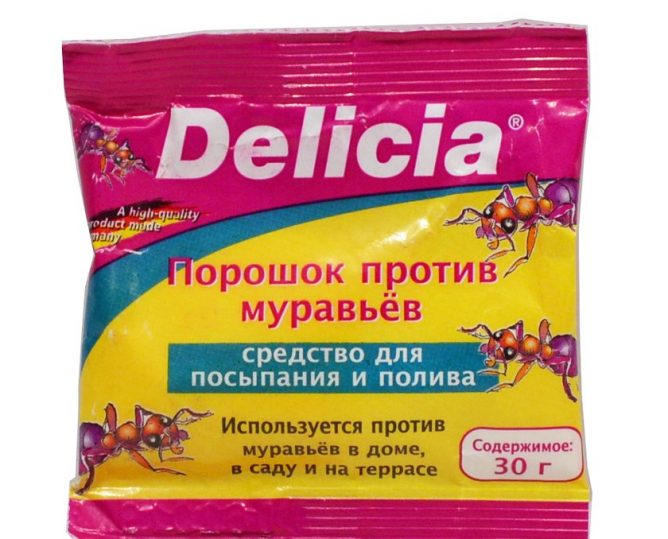

Delicia
Active substance:
- chlorpyrifos.
Release form:
- powder in bags of 125, 375, 500 g
Contact action insecticide
Purpose:
An ant on its paws carries the toxic chemical to its habitats, delivering it to the uterus.
Dosage:
- 10 g per 1 sq.m.
Mode of application:
- scatter dry powder along the path of insects, in the crevices of the earth, on the nest.
- the procedure should be carried out in the evening after sunset.
Security measures:
- do not use near human housing and water bodies;
- use protective suit and goggles
Feedback:
Marina Lvovna
“I liked its versatility - it can be used to fight ants in dry or liquid form both in the garden and indoors. The manufacturer briefly and clearly made it clear what goals and objectives it set for itself when developing this tool. "
A source
3. Medvetox
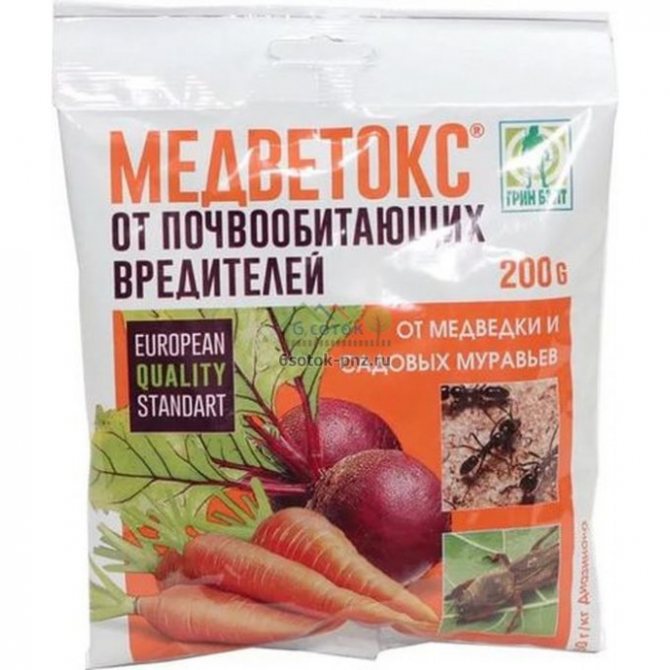

Medvetox
Active substance:
- diazonin.
Release form:
- bags with red granules, 30, 100 g each
Flavored Bait Insecticide
Purpose:
Destruction of the ant colony along with the uterus, by feeding the latter with a pesticide.
Dosage:
- 30 g per 100 sq.m.
Mode of application:
- scatter granules near the nesting site and along the paths of insects;
- deepen by 4 cm next to the nest.
Do not oil the granules to enhance the effect. Decreases the level of aroma for luring
Feedback:
KOWKA26
“On the advice of the seller, I bought Medvetox in the store. In the evening I just scattered granules around the garden, and in places where insects were especially concentrated, I dug them a little. It rained heavily at night. In the morning, I pounded the granules in the bag a little more and sprinkled the earth again.A few days later the ants became noticeably smaller, and then they practically disappeared. "
A source
How to keep reaper ants at home
Now, as a hobby, many people start up so-called ant farms, which are transparent boxes made of plastic or glass. Inside them there is an imitation of an anthill - numerous passages and chambers.
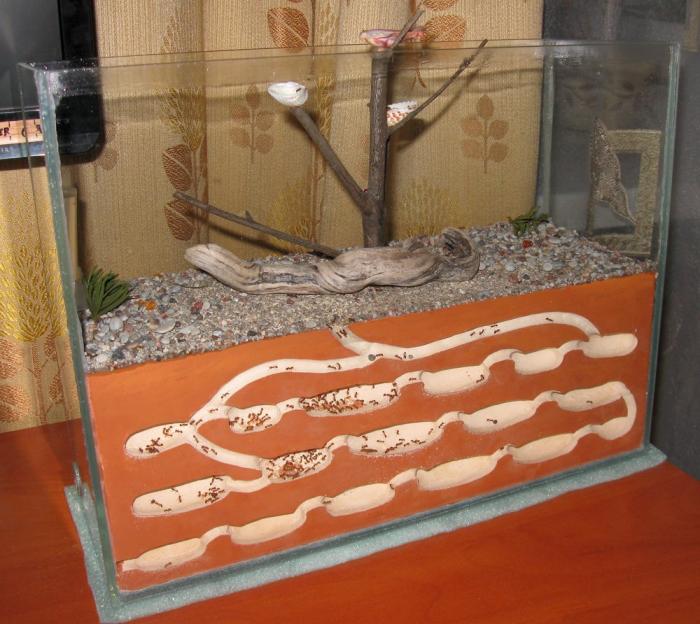

Thanks to the transparency of the walls, you can study the life of insects in detail
Acquisition of an anthill - what kind of anthills are there, their cost
A home anthill, or formicarium, looks like an aquarium or showcase with filler inside. There are simple and complex systems in which a climate is automatically created and maintained that is favorable for the life and reproduction of ants: lighting, humidity and temperature. Sizes are different - from small desktop farms to bulky anthills for the living room or office. The filler for formicaria is used in different ways: gel, gypsum or a mixture of soil and sand.
The so-called Cubus and Colosseum models are in the form of a cylinder, cube or double-walled display. The space between them is filled with multi-colored sand, in which the ant colony builds passages and chambers. The cost of such structures is high - from 3 thousand rubles, but the kits include food for ants, sand and other additions.
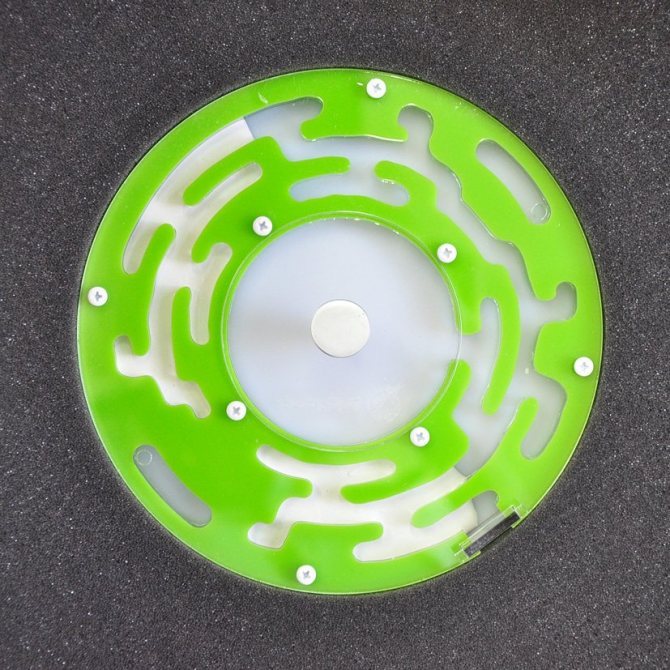

Formicarium of the brand "Colosseum"
An anthill with a gel filler is similar to an aquarium, but filled not with water, but with a transparent gel. Such a house for reapers does not require careful maintenance, but once every 5-7 days, the lid of the aquarium should be opened for a couple of minutes to ventilate. The price of such formicaria is low - from 500 rubles.
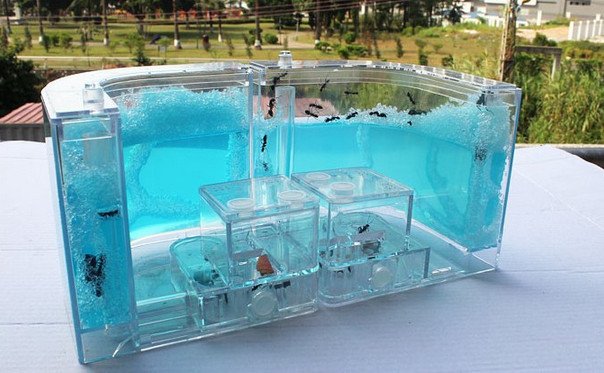

This filler is safe for humans and insects - it is both a habitat and a breeding ground for ants.
A gypsum farm is affordable (from 700 rubles). This is the most popular type of domestic anthills. The surface of the plaster is often painted in bright colors, which makes formicaria a stylish and unusual addition to any interior.
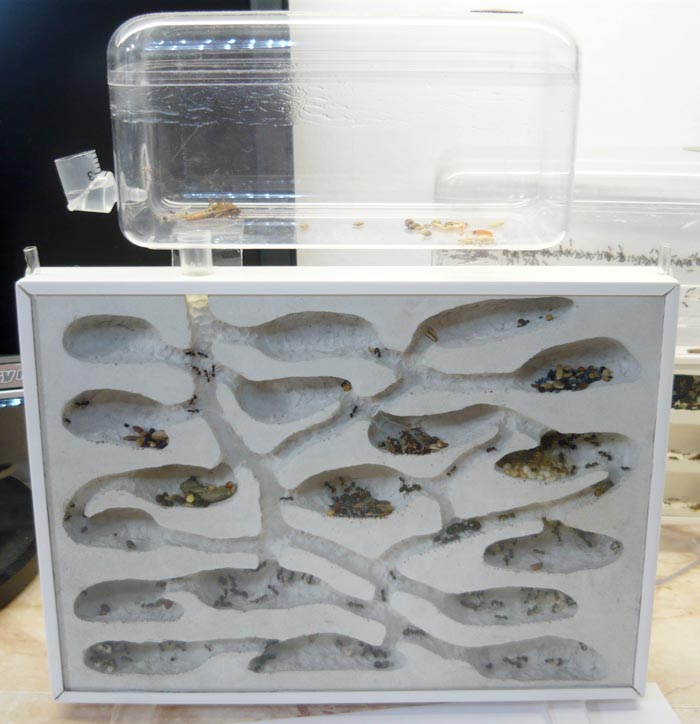

The plaster model is perfect for children and beginners in ant breeding
Ant houses can be purchased at specialized online stores. The catalogs contain trusses of various models and sizes. In pet stores, as a rule, ant farms are not sold.
Method 2. Folk remedies
| Option 1. Soda Method 1:
Method 2:
|
| Option 2. Ammonia Method 1:
Method 2:
The solution is designed to kill aphids. Ants will not be able to breed new pests in the same place |
| Option 3. Fragrant herbs Use dried herbs of tansy, anise, parsley, tobacco, mint. Solution preparation:
|
Remember
- It is difficult to get an ant out of the garden, completely - almost impossible. Can be temporarily scared away. Create conditions not suitable for living. After killing one uterus, another will fly to replace it.
- Safe biological or chemical-biological agents have a temporary character of action. For example, the smell of ammonia evaporates quickly.
- In insecticides, the main active ingredient diazonin disintegrates within 20 days. After this period, the toxicity of the drug decreases to zero.
Emulsions containing diazonin are harmful to pollinating insects such as bees.
- It is not necessary to destroy the working ants, but the base of the nest with the queen. Working insects and drones without a queen become disoriented. They start to evacuate chaotically. At this time, the colony can be doused with boiling water so that they do not have time to carry away the larvae.
- All activities for the destruction of pests should be carried out only in the evening. The entire ant family hides in a dwelling after sunset.
Ant-eater
The poisonous chemical Anteater allows you to quickly destroy an entire population of pests on the site. An ant that has been in contact with the chemical becomes infectious. He goes to the anthill, where he infects his relatives.
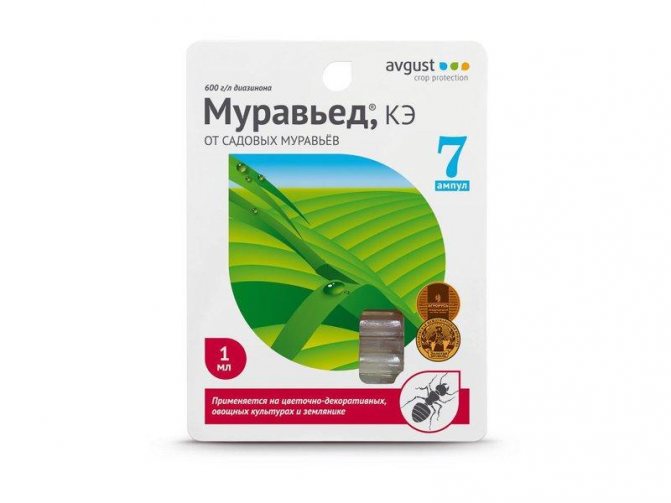

As in the above-described preparations, the active ingredient of Anteater is diazinon.
The substance enters the insect's body. Then it begins to influence the nervous system of the pest, completely paralyzing it.
Delicia
Delicia is an insecticide, the active ingredient of which is chlorpyrifos. Available in powder form. It enters the body of insects through their respiratory tract or through the digestive system.
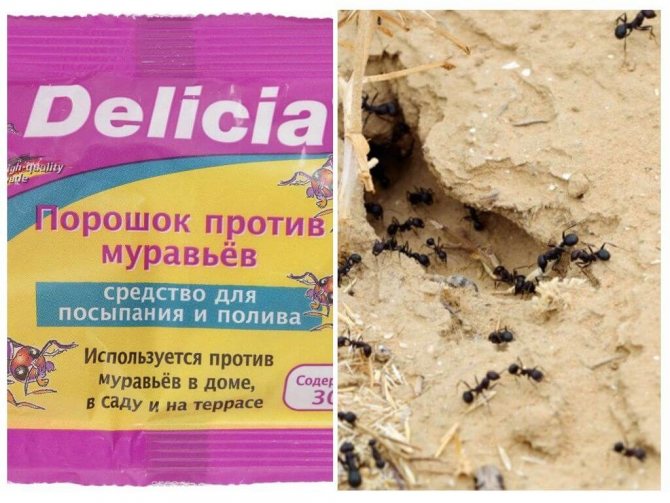

Chlorpyrifos causes the destruction of a protein that is responsible for the transmission of nerve impulses. Its action is similar to that of diazinon. When an insect comes into contact with poison, it becomes its carrier. After entering the colony, the infected insect also infects other relatives. It usually takes about 10-14 days to kill all insects.

